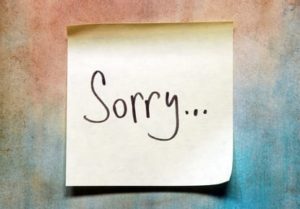Student Contributor: L. Estey
 This tool takes the idea of getting even, but making it positive. Instead of getting even, students and teachers are encouraged to get well. This means teaching the students to understand the arm they did, which will lead to them doing less of it.
This tool takes the idea of getting even, but making it positive. Instead of getting even, students and teachers are encouraged to get well. This means teaching the students to understand the arm they did, which will lead to them doing less of it.
This tool can be used as a whole class or between individually. It can be implemented and used through these three formal restorative processes. Formal circles are used for resolving conflicts with the whole class. Victim-offender dialogue allows the victim and the offender to face each and make amends. High-stakes conferences are for addressing larger groups, like the victim’s and offender’s families, for serious conflicts. These processes take time to implement. This tool helps students to learn to take care of each other, it teaches them to care about their actions and learn from them. These restorative processes will/should become less frequent as students learn from them.
 I placed this tool in the Corrective Phase because it happens after the students choose their actions, this tool is all about restoration. It relates to the other phases because it sets the students up for success in their coming years of schooling, it leads into the preventative phase for next year’s teacher. This tool best fits into the Student Directed and Collaborative Theory of Influence because it will require equal parts cooperation from both the teacher and the student. It requires planning, smooth implementation, and guiding from the teacher. But it also requires willingness, engagement, and understanding from the student(s). This tool is 100% about the success of the students and their classroom.
I placed this tool in the Corrective Phase because it happens after the students choose their actions, this tool is all about restoration. It relates to the other phases because it sets the students up for success in their coming years of schooling, it leads into the preventative phase for next year’s teacher. This tool best fits into the Student Directed and Collaborative Theory of Influence because it will require equal parts cooperation from both the teacher and the student. It requires planning, smooth implementation, and guiding from the teacher. But it also requires willingness, engagement, and understanding from the student(s). This tool is 100% about the success of the students and their classroom.
More Information –
Tool Source: Smith. (2015). Peacemaking, Strategic implementation of formal restorative practices.


